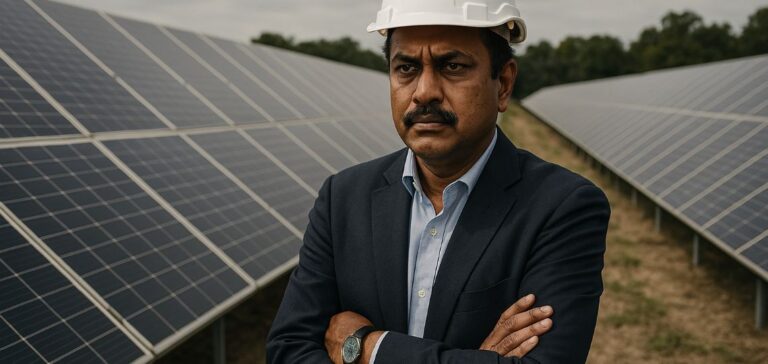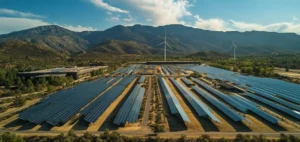Waaree Energies Limited, an Indian company specialising in photovoltaic solutions, announced on April 9 its plan to expand solar module production capacity in the United States by adding a new 1.6 gigawatt (GW) line at its Brookshire site in Texas. This decision, approved by the company’s board of directors, will raise the group’s total capacity in the country to 3.2 GW. The move is aimed at strengthening Waaree’s industrial presence in the rapidly evolving North American market.
Capacity doubled in a strategic market
The plant expansion takes place in a context where solar sector companies are striving to localise production in order to secure supply chains and meet rising demand. The choice of the United States, and specifically Texas, reflects the group’s commitment to long-term investment in a market deemed central to the reshaping of the global energy order. The new production line will be fully integrated into Waaree’s existing U.S. operations to ensure logistical continuity for its local customers.
Reinforced industrial positioning
Waaree states that the expansion is intended to meet a rapidly growing order book in the United States, without relying on speculation about future demand. The group emphasises an investment approach based on securing orders prior to capacity deployment. This strategy aligns with the company’s broader efforts to mitigate risks associated with its global footprint while contributing to the reshoring of photovoltaic production in industrial growth regions.
Operational deployment and trust strategy
The Brookshire project is also part of a long-term development plan focused on service reliability and digital optimisation. Waaree confirmed it will continue investing in digital platforms and service frameworks to facilitate solar adoption across different markets. The current initiative goes beyond industrial scaling; it marks a step in the company’s broader strategy to position itself in a priority market segment.






















